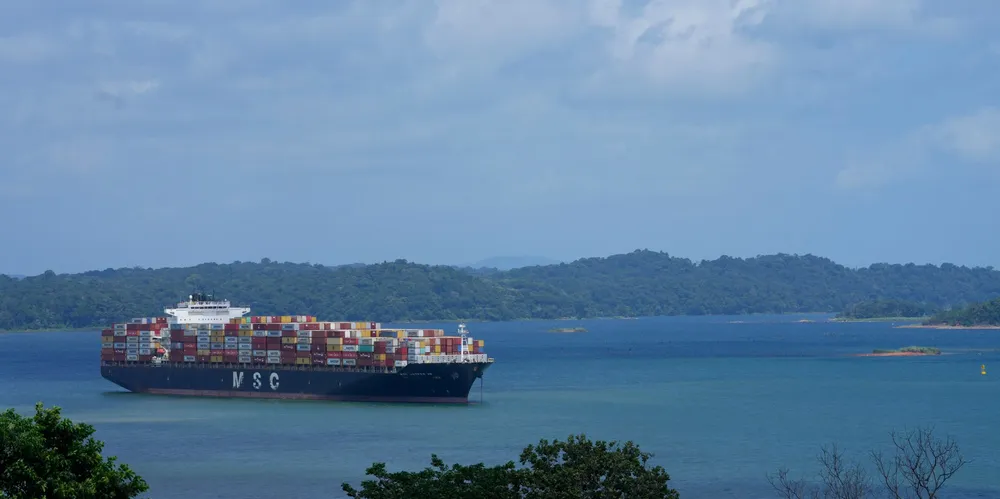Exporters warned Panama Canal shipping restrictions could disrupt peak inventory restocking period
'With inventories falling and demand expected to rebound, the Panama Canal, which carries 40 percent of container traffic from Asia to Europe, is likely to experience increased pressure.'
